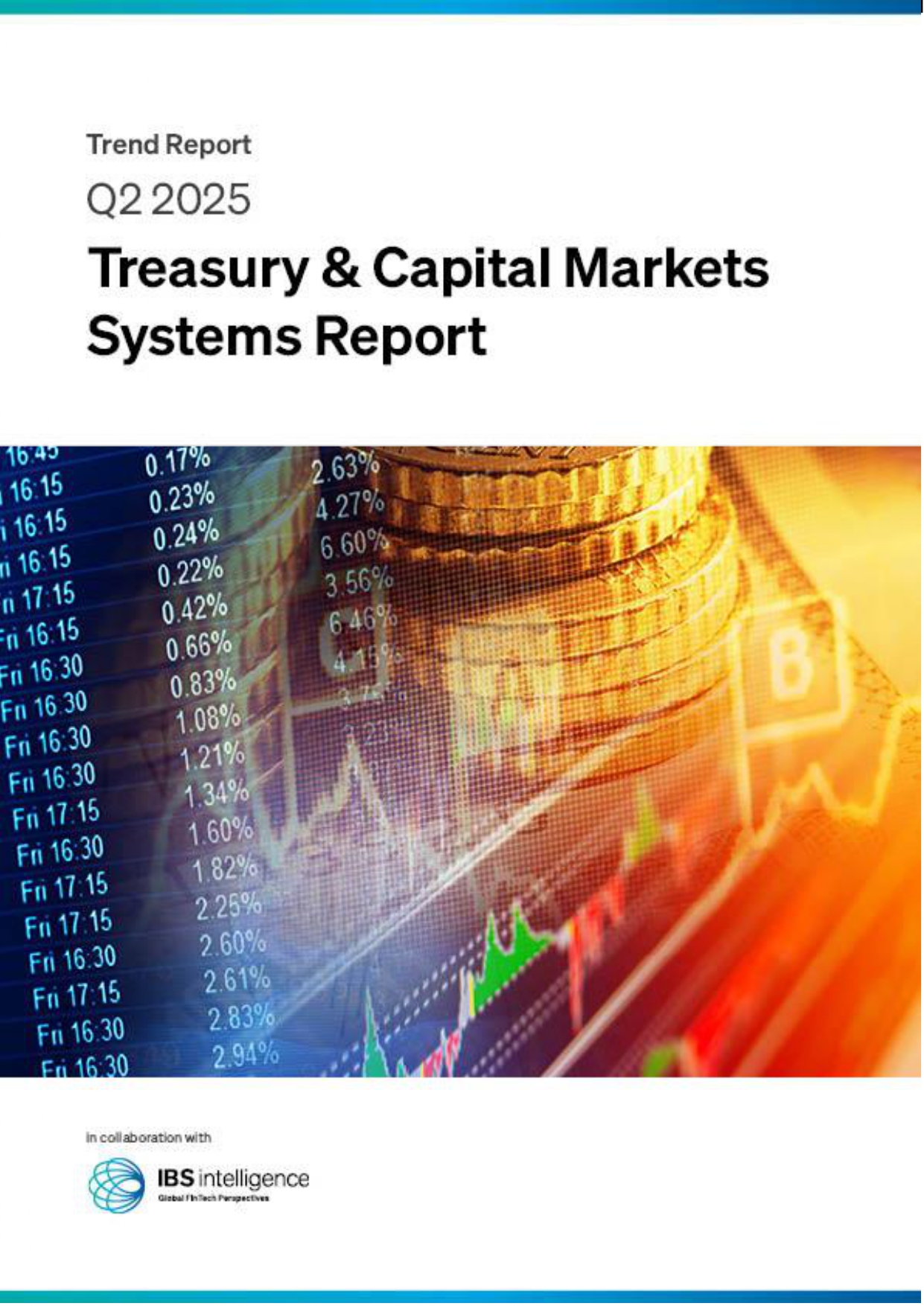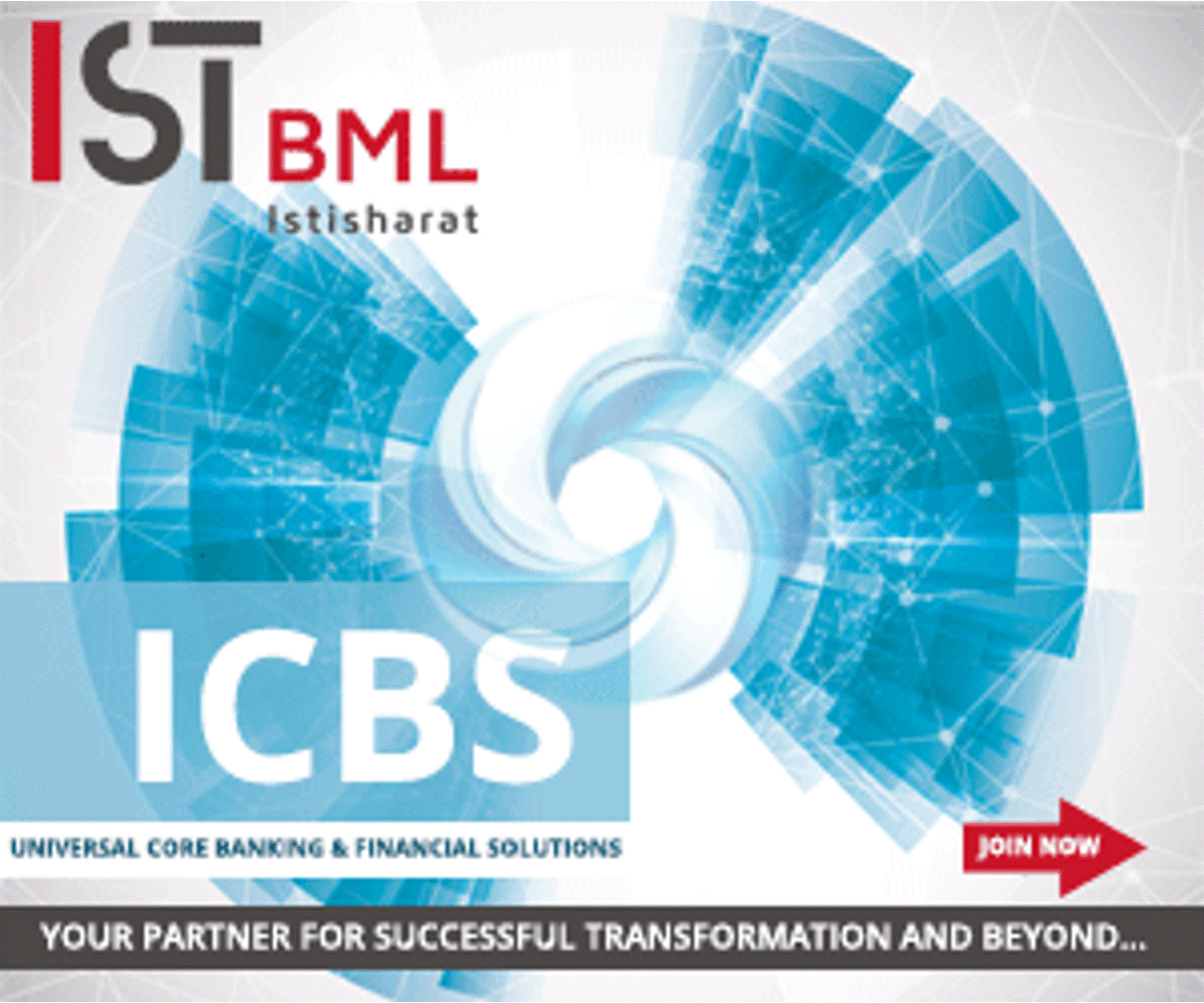 Back
Back
Could 2023 usher in a new era of digital lending in India?
By Puja Sharma
 Digital lending is one of the fastest-growing FinTech segments in India and grew exponentially from nine billion U.S. dollars in 2012 to nearly 110 billion dollars in 2019. It was expected that the digital lending market would reach a value of around $350 billion by 2023, according to a report by Statista. This business was mainly covered by FinTech startups and non-banking financial companies (NBFC).
Digital lending is one of the fastest-growing FinTech segments in India and grew exponentially from nine billion U.S. dollars in 2012 to nearly 110 billion dollars in 2019. It was expected that the digital lending market would reach a value of around $350 billion by 2023, according to a report by Statista. This business was mainly covered by FinTech startups and non-banking financial companies (NBFC).
Digital lending companies provide comparatively small loans to their customers through apps or online platforms. In comparison to bank loans, digital lending does not require a specific bank account, requirements are lower, and the process is significantly quicker. In 2019, lending start-ups generated revenues of over $350 million. Nevertheless, only seven lending tech companies had a positive EBITDA.
The digital lending norms announced by the Reserve Bank of India (RBI), aim to usher in orderly growth and financial stability, check malpractices, strengthen transparency, and protect customer interests. They would, however, raise the operational intensity and compliance costs for lenders in the near term, according to the rating agency CRISIL.
That is because digital lenders have built their entire customer journey via technology-enabled means, including credit underwriting using alternative data sources and artificial intelligence. Some of the rules that kick in with immediate effect will have a major impact on the way non-banking financial companies (NBFCs) have been operating in this space.
The rapid growth of the global digital lending platform market is attributed to a continuous increase in digitalisation initiatives among financial organizations and rising government initiatives for digital lending in developing countries, such as India and China. However, the surge in security & compliance concerns is expected to hinder the growth of the digital lending platform market. On the contrary, technological advancements, such as AI integration in digital lending platforms, and the rise in penetration of cloud-based platforms are expected to present major opportunities for the digital lending platform market growth during the forecast period.
According to Krishnan Sitaraman, Senior Director and Deputy Chief Ratings Officer, CRISIL Ratings, “The regulations on direct transfer of disbursements/repayments between borrowers and lenders will impact the ‘buy now, pay later’ services and prepaid instruments being offered. Business models will have to be tweaked to conform with the new regulations. Another important change is the restriction imposed on scrubbing/reading the smartphones of borrowers. This was a typical part of the underwriting regimen for digital consumer loans, and it will have to be rigged now.”
While overall, the revised norms are expected to enhance levels of corporate governance, transparency, and disclosure, and clarifications on the use of first-loss default guarantees, which are, still under further examination, bear watching. This aspect is an important feature of the business models for some of the digital lenders today.
The new regulatory framework — centered around the digital lending ecosystem of regulated entities (REs) and lending service providers (LSPs) engaged by them to extend various permissible credit facilitation services — directs that all loan disbursements and repayments must strictly flow between the bank accounts of borrower and lender, without any pass-through to the account of LSP or third parties.
To ensure the data protection and privacy of borrowers, it lays down the condition that data collection should be need-based and involve prior consent from the borrower. In any case, it does not permit accessing mobile phone resources such as contact lists, files, or documents.
It also specifies that a standardised key fact statement (KFS) must be provided to the borrower. Charges not mentioned in the KFS cannot be charged. Moreover, all-inclusive costs should be highlighted upfront in the form of annual percentage rates. This could impact incremental business for some players as borrowers now would be able to see the total annual costs implied on them and compare them effectively with other alternatives.
IBSi FinTech Journal
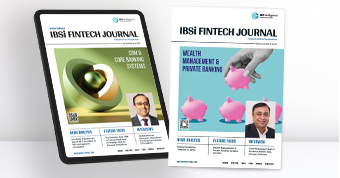
- Most trusted FinTech journal since 1991
- Digital monthly issue
- 60+ pages of research, analysis, interviews, opinions, and rankings
- Global coverage
Other Related News
Related Reports
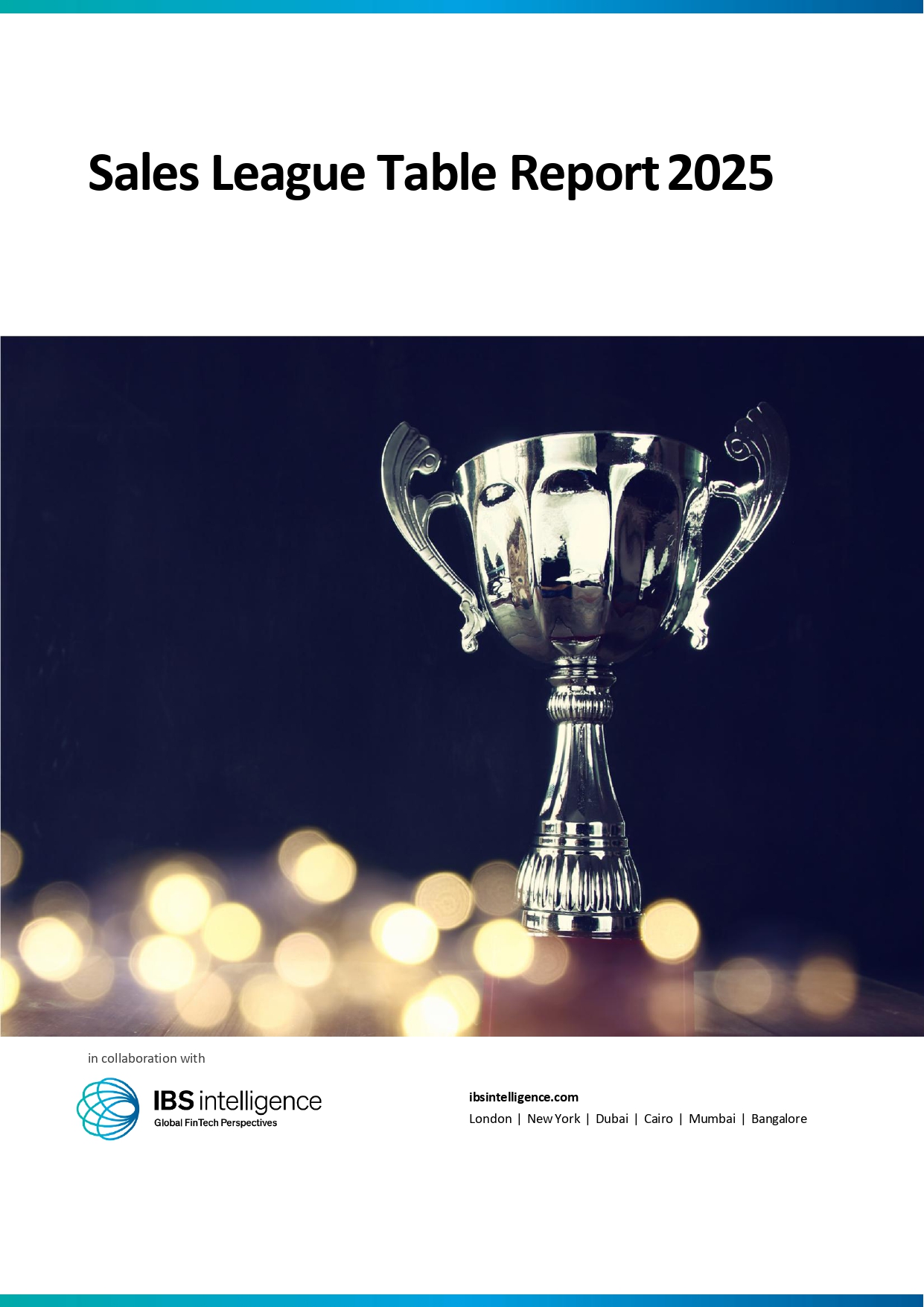
Sales League Table Report 2025
Know More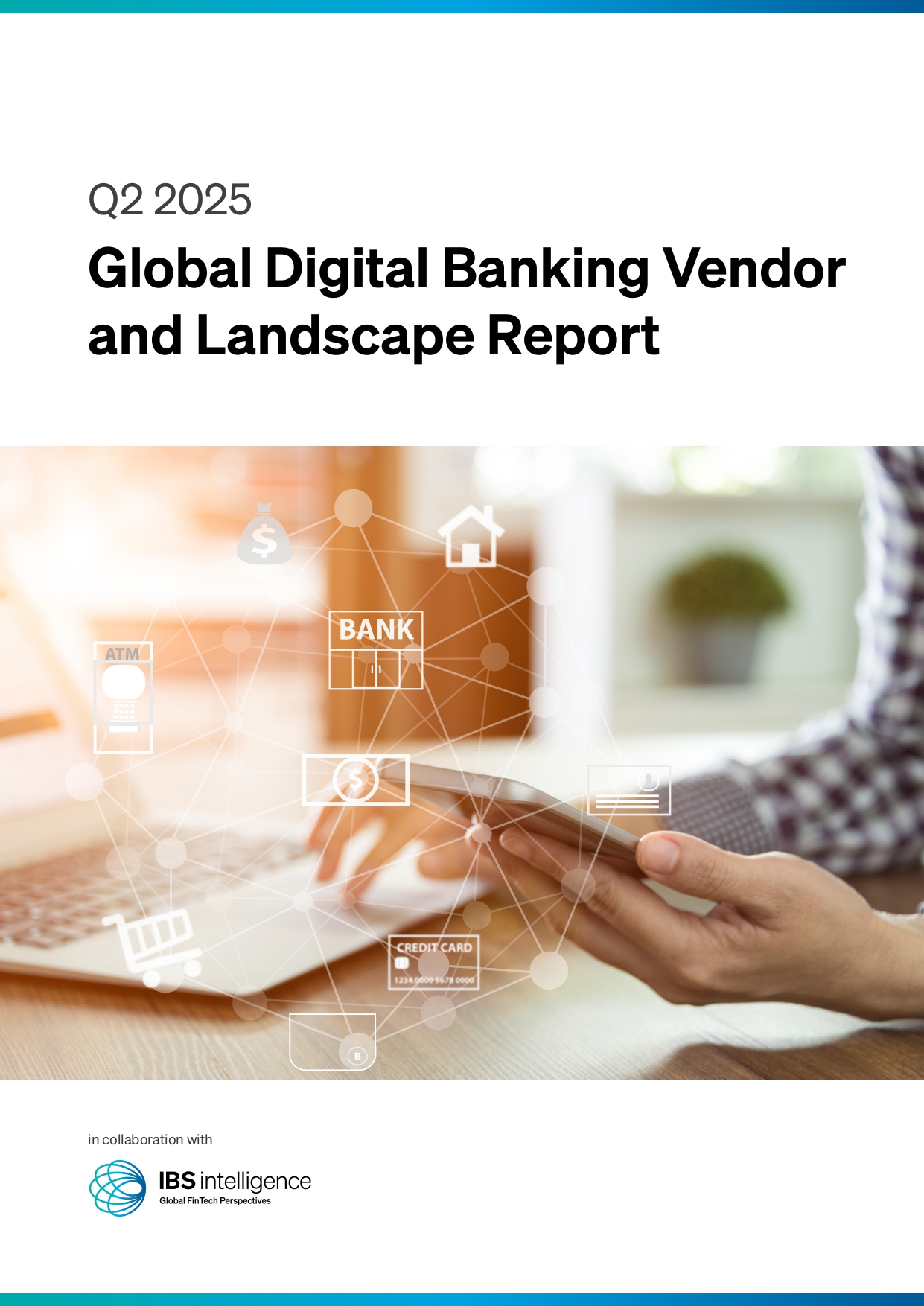
Global Digital Banking Vendor & Landscape Report Q2 2025
Know More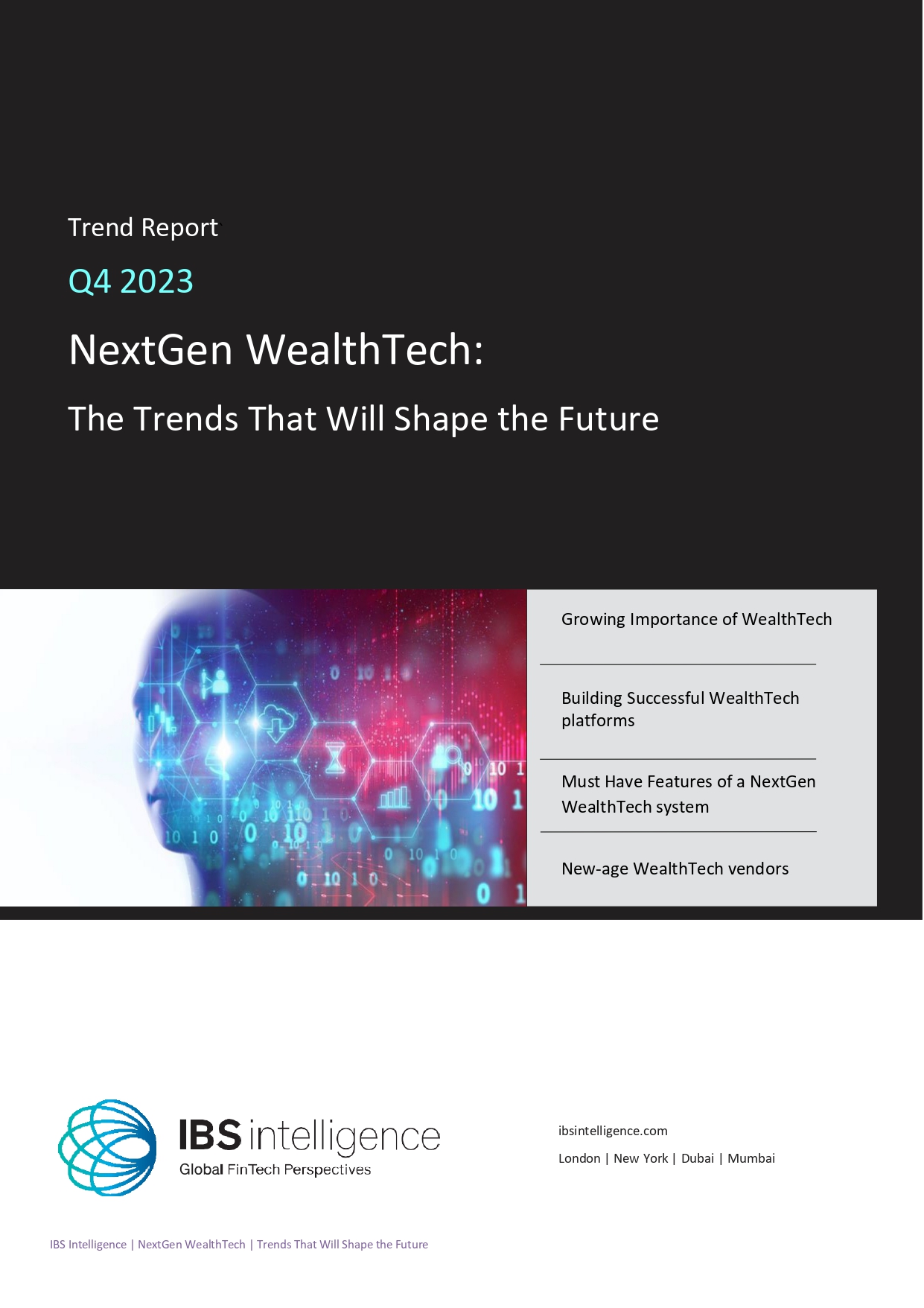
NextGen WealthTech: The Trends To Shape The Future Q4 2023
Know More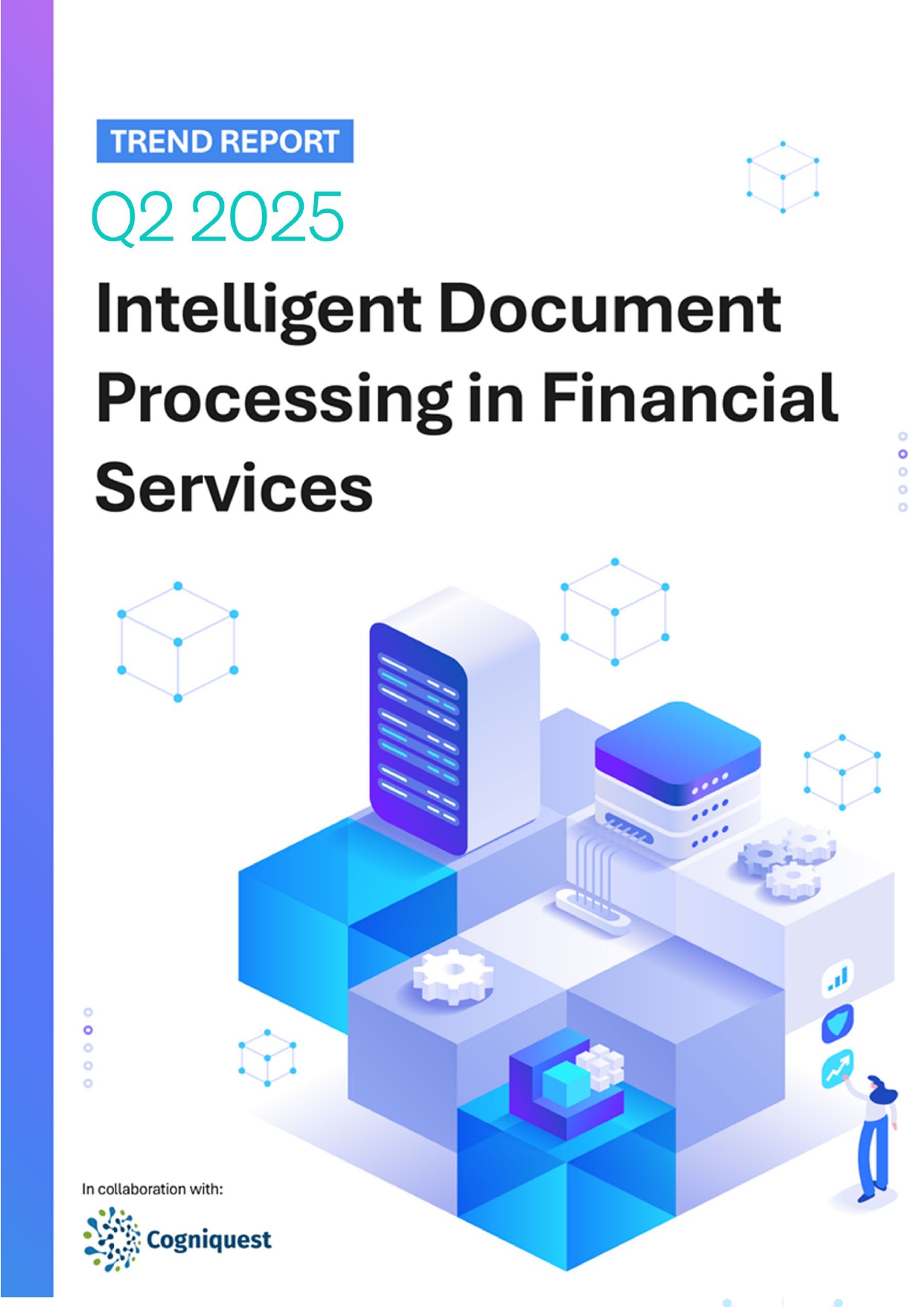
Intelligent Document Processing in Financial Services Q2 2025
Know More